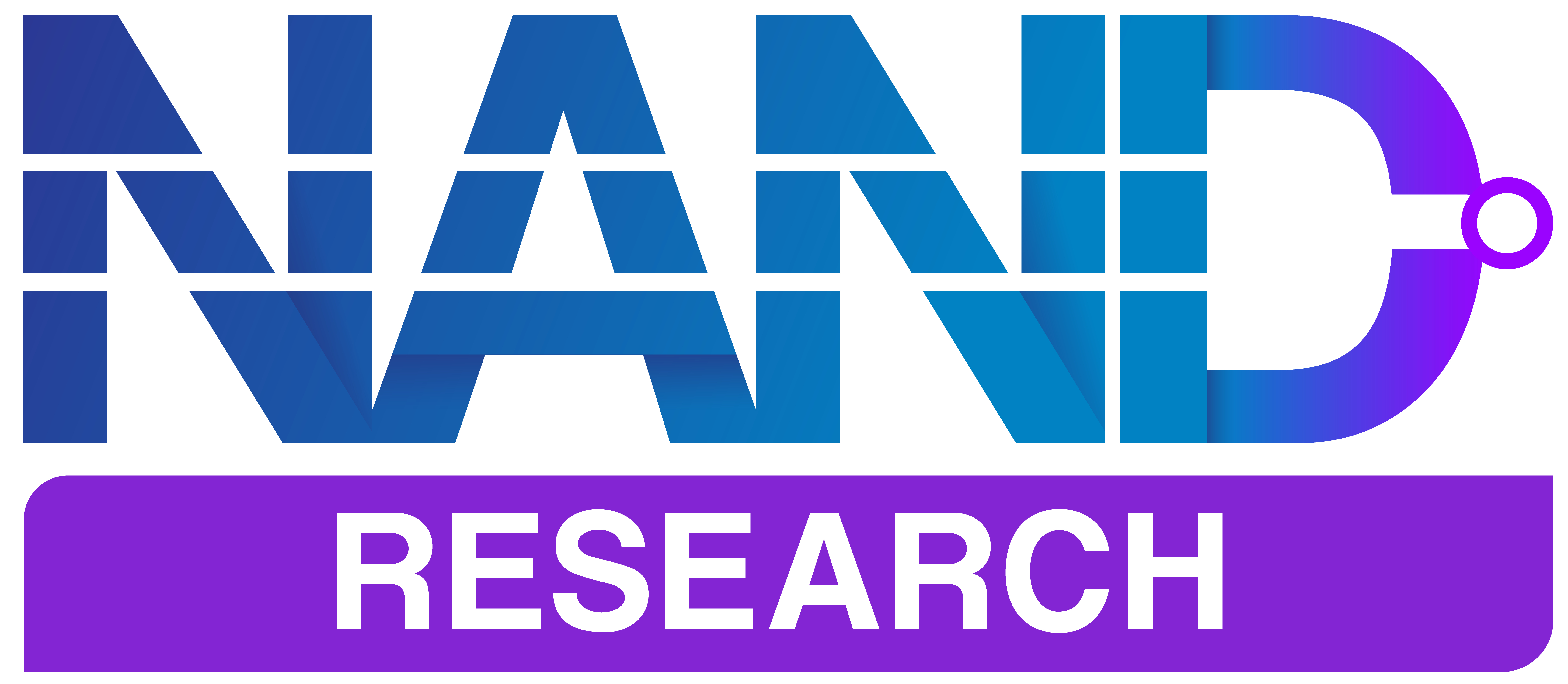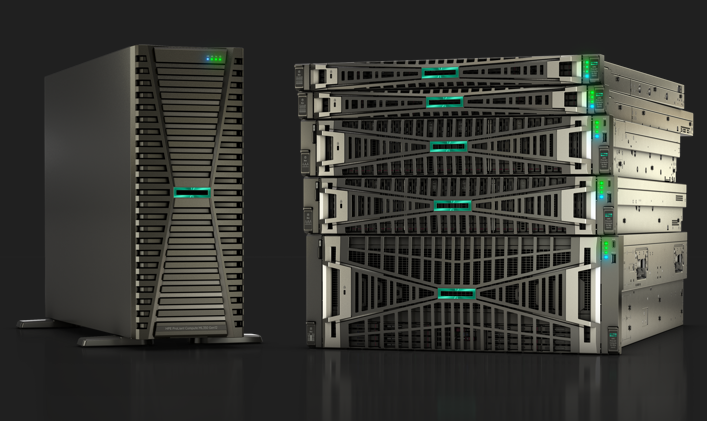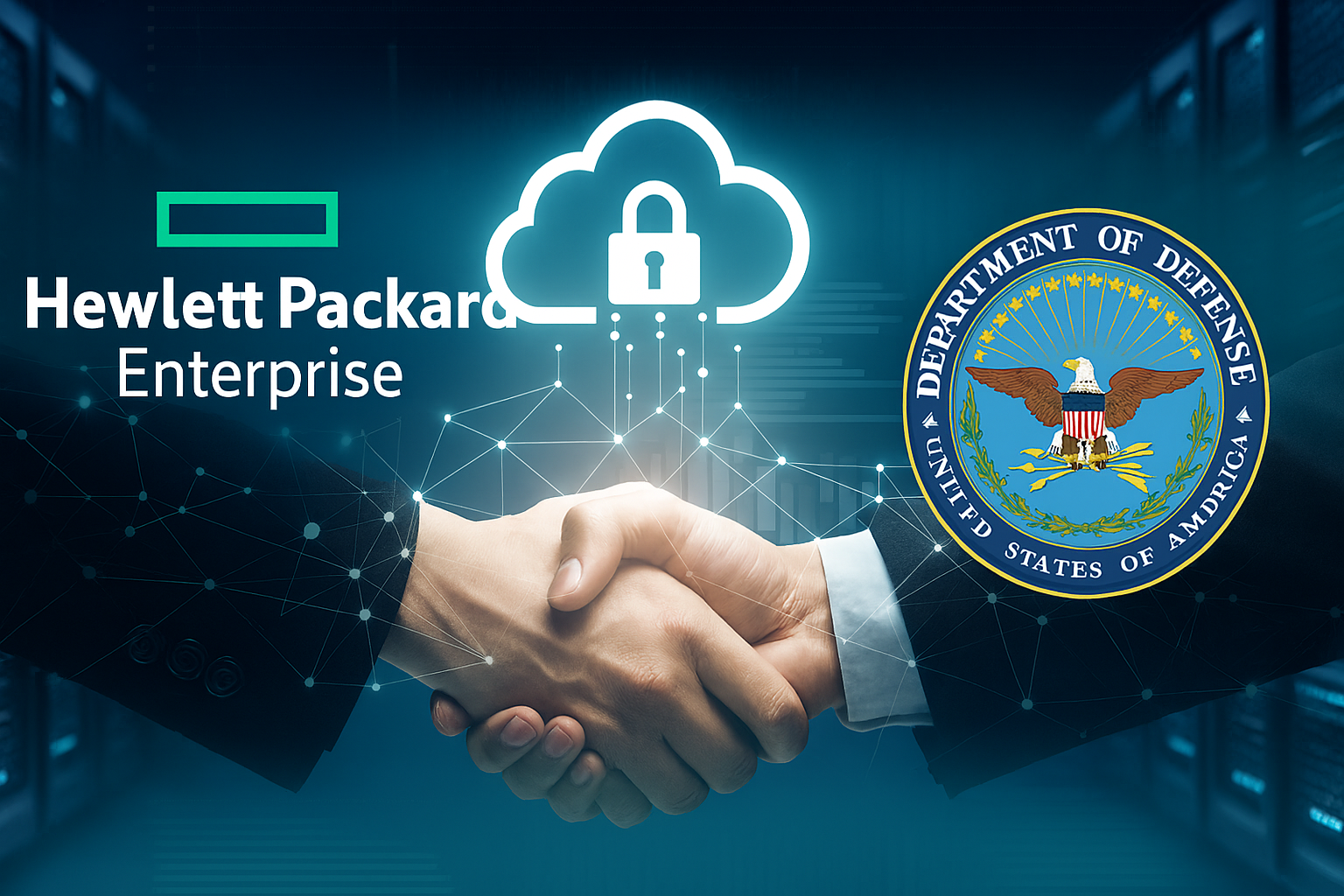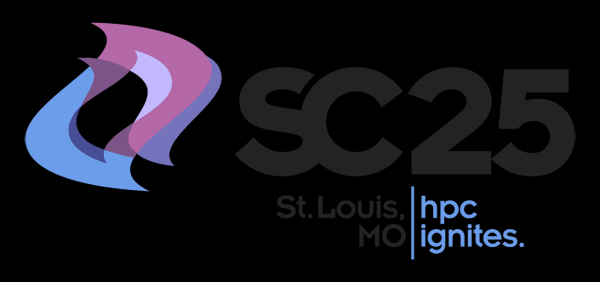Hewlett Packard Enterprise (HPE) recently introduced eight new ProLiant Compute Gen12 servers for enhanced security, performance optimization, and AI-powered management. These servers will feature the upcoming Intel Xeon 6 processors and are built for data centers and edge environments.
HPE is positioning this portfolio for hybrid cloud environments, data-intensive applications, and sustainability-focused data center operations.
ProLiant Gen12
Based on the latest generation of Intel Xeon processors, HPE ProLiant Compute Gen12 servers offer several advancements across security, management, and efficiency domains. Let’s look at each in turn.
Security Enhancements
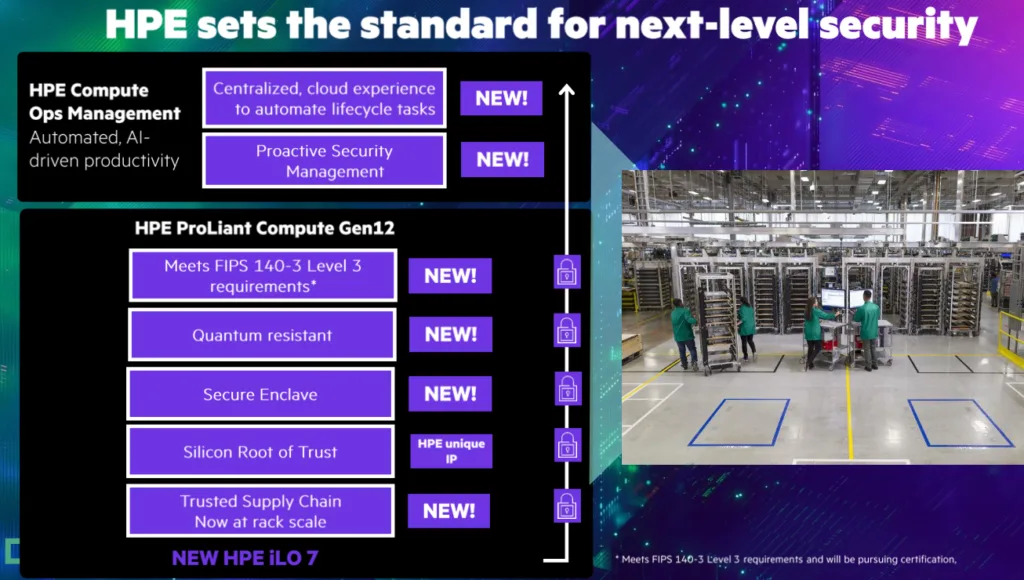
HPE introduces an advanced security framework integrating chip-to-cloud protection across the server lifecycle:
- The HPE Integrated Lights Out (iLO) 7 management engine includes a new Secure Enclave, a dedicated proprietary HPE security processor. Secure Enclave establishes a hardware root of trust to ensure cryptographic integrity and to help mitigate firmware-based threats.
- HPE claims the Gen12 is the first quantum-resistant security-ready server, aligning with evolving cryptographic standards. These systems comply with FIPS 140-3 Level 3, a high-assurance security certification for cryptographic modules.
- HPE extends security beyond initial deployment with HPE Onsite Decommission Services, a service to facilitate the secure retirement and disposal of hardware assets through authorized recycling facilities.
AI-Driven Automation and Management
HPE integrates AI-driven operational intelligence into server management workflows to improve efficiency and reduce operational overhead.
- The HPE Compute Ops Management (COM) platform provides automated, cloud-based server management. AI-driven insights optimize energy usage, predict maintenance needs, and automate provisioning across distributed infrastructures.
- The global map view feature within COM enhances visibility into server health across multiple data center locations, enabling proactive issue resolution.
- HPE integrates third-party management tool compatibility, reducing annual downtime per server by what HPE says is “up to 4.8 hours.”
- The HPE Power Advisor tool provides real-time analytics on power consumption, operational costs, and carbon footprint.
Performance and Energy Efficiency
HPE ProLiant Compute Gen12 servers increase compute density while improving energy efficiency compared to previous generations:
- Intel Xeon 6 processors enable performance optimization for workloads including AI, data analytics, edge computing, hybrid cloud, and VDI.
- Performance per watt improves by up to 41% over the prior generation servers.
- Annual power consumption decreases by up to 65%.
Direct Liquid Cooling (DLC) Integration
HPE expands its use of direct liquid cooling for Intel-based ProLiant Compute Gen12 one-socket and two-socket rack servers.
Availability
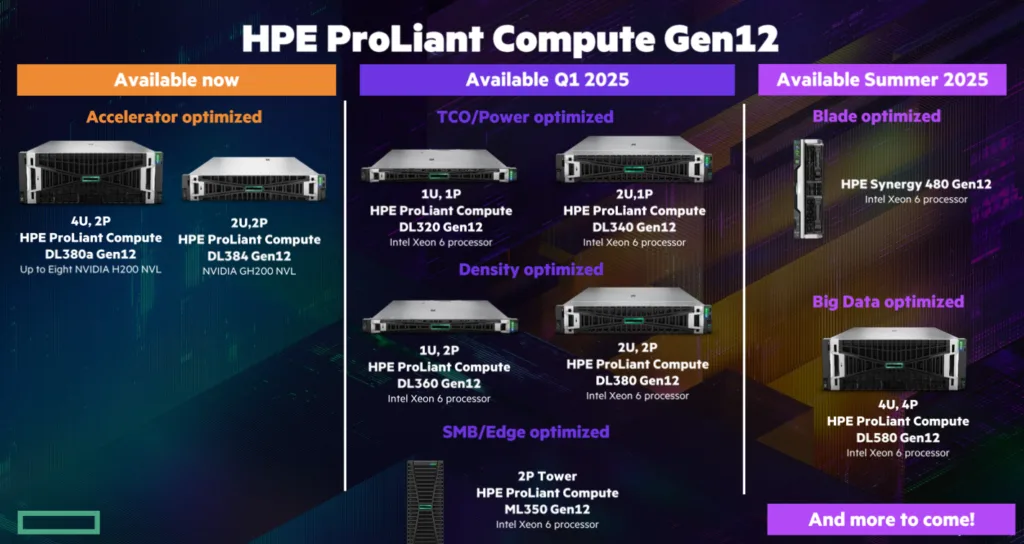
HPE plans a phased rollout of the ProLiant Compute Gen12 portfolio.
- Six models (DL320, DL340, DL360, DL380, DL380a, and ML350) launch in Q1 2025.
- Two additional models (Synergy 480 and DL580) release in Summer 2025.
- Customers can acquire these servers standalone or through HPE GreenLake consumption-based IT infrastructure.
Analysis
Everything about the new ProLiant Gen12 servers reinforces HPE’s ongoing focus on security, automation, and energy efficiency. By integrating quantum-resistant cryptographic readiness, AI-driven operational management, and direct liquid cooling, HPE strengthens its already strong position in the broader server market.
From a security standpoint, HPE differentiates itself through FIPS 140-3 Level 3 certification and a hardware-based root of trust, addressing growing enterprise concerns about firmware attacks and cryptographic longevity. Competitors such as Dell Technologies and Lenovo also offer strong security measures but have not yet introduced quantum-resistant features at scale.
The AI-driven automation in HPE’s Compute Ops Management (COM) helps with server lifecycle management, improving energy efficiency and reducing operational overhead. This aligns with broader industry trends where Dell’s OpenManage and Lenovo’s XClarity also focus on automation.
HPE’s expansion of Direct Liquid Cooling (DLC) supports the rising power and cooling demands of AI, HPC, and cloud workloads. While Lenovo and Supermicro have already made strides in DLC, HPE’s long history in high-performance liquid-cooled supercomputing, along with one of the deepest liquid-cooling patent portfolios in the industry, gives the company a strong foundation to advance DLC adoption.
Overall, the HPE ProLiant Compute Gen12 portfolio is a strong addition to HPE’s broader offerings. It’s a set of solutions that will be hard to beat in the market.
Competitve Analysis & Advice to IT Buyers
These sections are only available to NAND Research clients. Please reach out to [email protected] to learn more.
